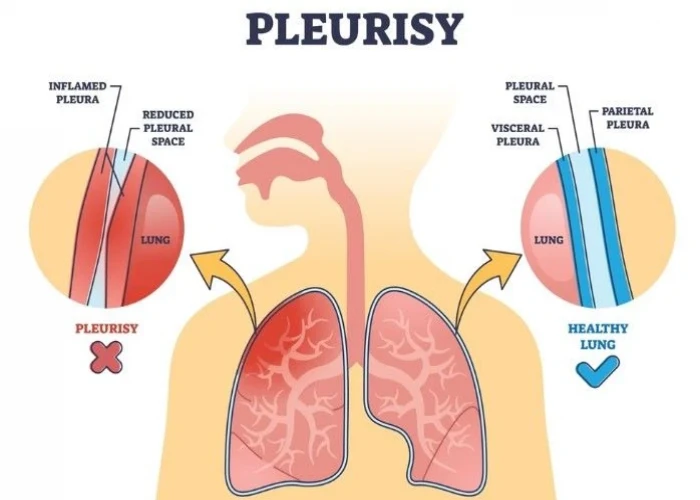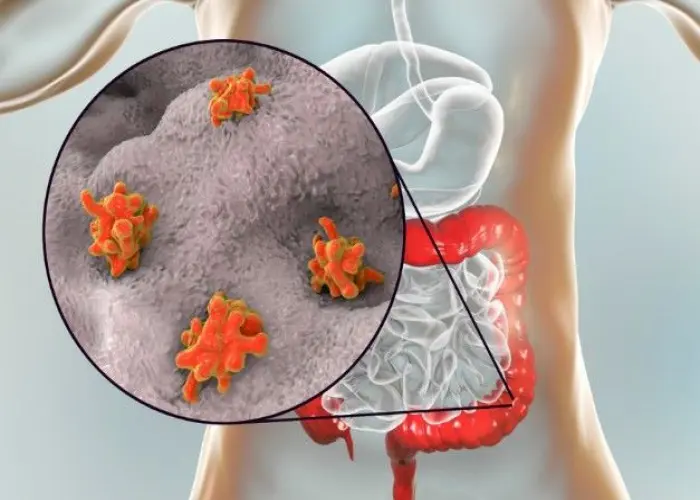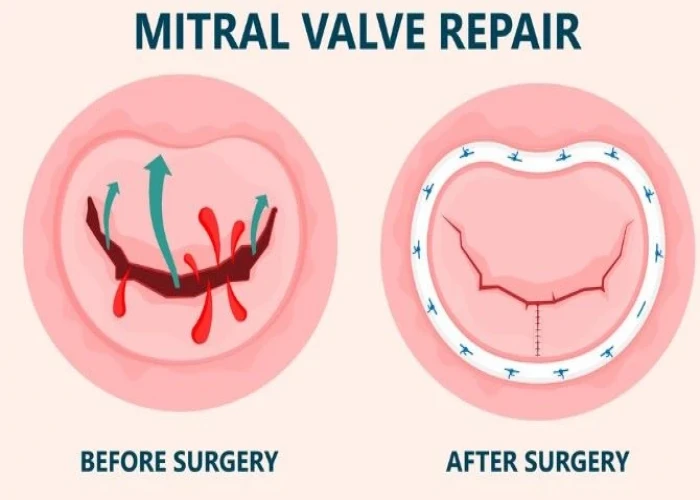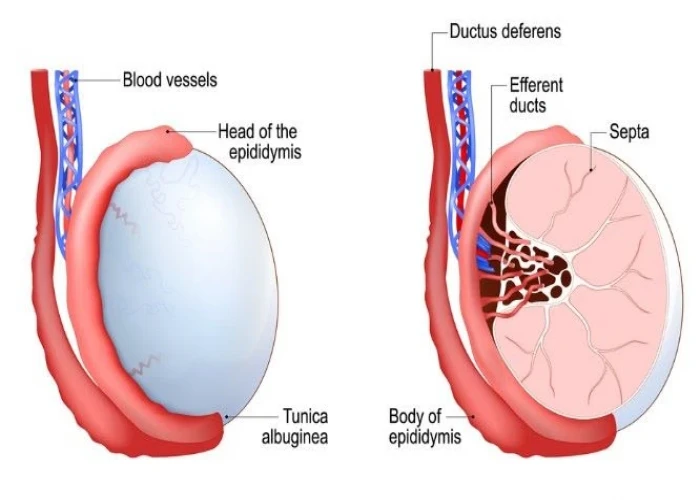 Welcome
Welcome
“May all be happy, may all be healed, may all be at peace and may no one ever suffer."
Retractile testicle

A retractile testicle is a condition where one or both testicles move up and down within the scrotum, which is the sac of skin that holds the testicles. This is a common condition in boys and young men, and the movement is usually painless.
The movement of the testicle occurs due to the contraction of the cremaster muscle, which is a thin muscle that extends from the lower abdominal wall to the testicle. This muscle helps to regulate the temperature of the testicles and can contract in response to cold or stimulation.
Retractile testicles are usually not a cause for concern and do not require treatment. However, in some cases, the testicle may stay in a retracted position, leading to a condition called an undescended testicle. An undescended testicle occurs when the testicle fails to move down into the scrotum during development. This condition requires treatment, as an undescended testicle can increase the risk of testicular cancer and infertility.
In cases where the testicle remains in a retracted position or there is concern about an undescended testicle, a healthcare professional may recommend an exam to determine the position of the testicle and whether further treatment is necessary. Treatment options may include hormone therapy or surgery to move the testicle into the scrotum.
Research Papers
Disease Signs and Symptoms
- Testicle pain
- The testicle may be moved by hand from the groin into the scrotum and won't immediately retreat to the groin.
- The testicle might spontaneously appear in the scrotum and remain there for a time.
- The testicle might spontaneously disappear again for a time.
Disease Causes
Retractile testicle
An overactive muscle causes a testicle to become a retractile testicle. The cremaster muscle is a thin pouch-like muscle in which a testicle rests. When the cremaster muscle contracts, it pulls the testicle up toward the body. The cremaster reflex can be stimulated by rubbing a nerve on the inner thigh and by emotion, such as fear and laughter. The cremaster is also activated by a cold environment.
If the cremaster reflex is strong enough, it can result in a retractile testicle, pulling the testicle out of the scrotum and up into the groin.
Disease Prevents
Disease Treatments
Retractile testicles don't require surgery or other treatment. A retractile testicle is likely to descend on its own before or during puberty. If your son has a retractile testicle, your son's doctor will monitor any changes in the testicle's position in annual evaluations to determine if it stays in the scrotum, remains retractile or becomes an ascending testicle.
Disease Diagnoses
Disease Allopathic Generics
Disease Ayurvedic Generics
Disease Homeopathic Generics
Disease yoga
Retractile testicle and Learn More about Diseases

Atrioventricular canal defect

Pleurisy

Recurrent breast cancer

Amoebic Dysentry

Mosquito bites

Ulnar wrist pain

Common cold in babies

Mitral valve prolapse
retractile testicle, রিট্রাকটিল টেস্টিকল
To be happy, beautiful, healthy, wealthy, hale and long-lived stay with DM3S.
